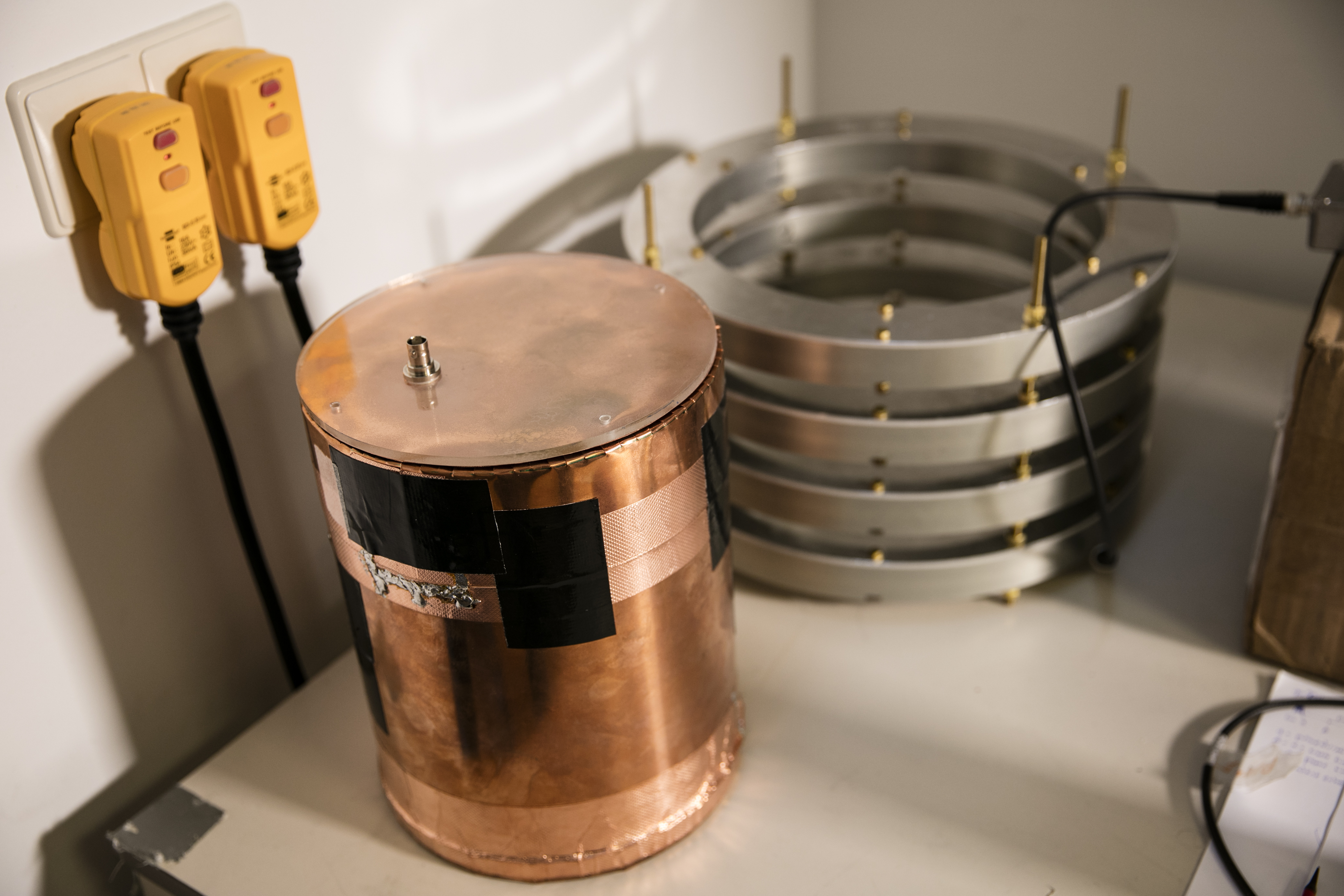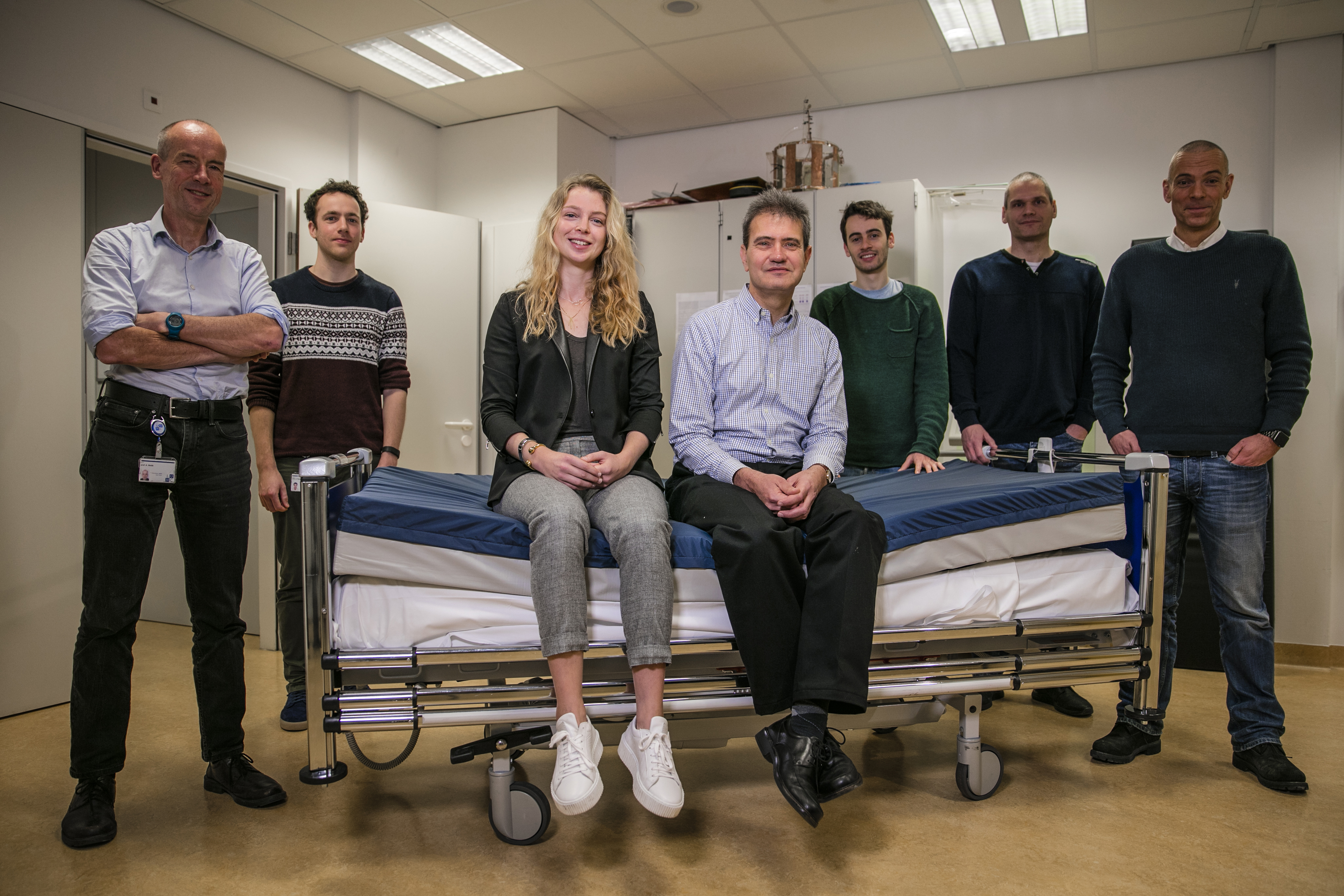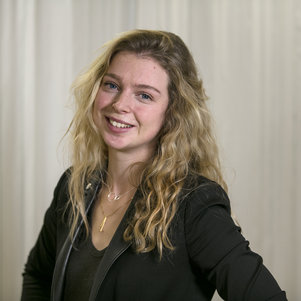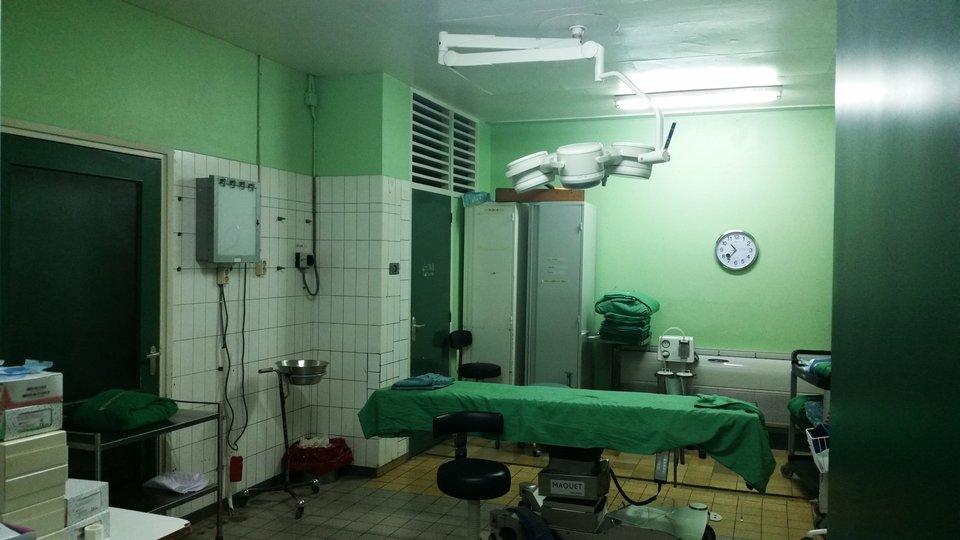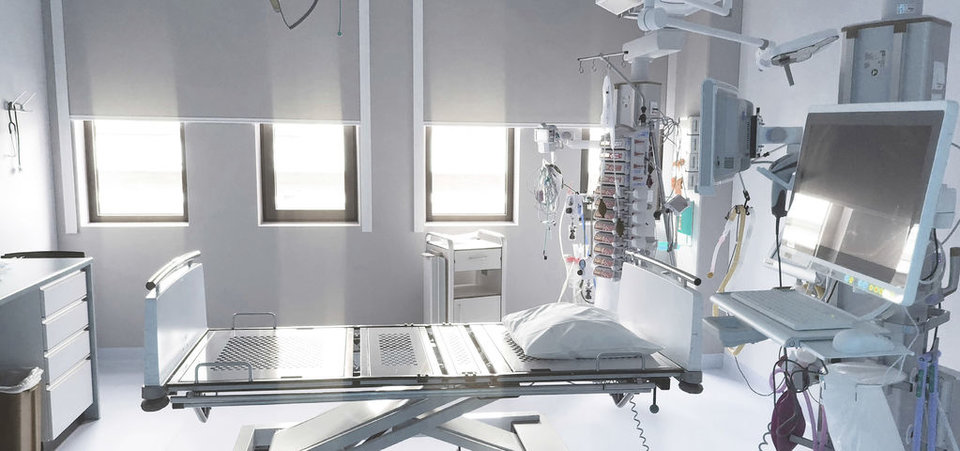Modern MRI scanners for disease detection are commonly used in the West but in developing countries hospitals are simply unable to afford them. Mathematician Martin van Gijzen is part of a team helping to develop a simple MRI scanner for a children’s hospital in Uganda. ‘Suddenly I am learning all about hydrocephalus.’
A simple MRI scanner can play a vital role in the diagnosis of hydrocephalus, a condition that affects over a hundred thousand children in sub-Saharan Africa. An early diagnosis can prevent severe brain damage. ‘Once the outward signs of the disease manifest themselves it is usually too late,’ Van Gijzen says.
Van Gijzen’s field is numerical linear algebra, or the algorithms behind technical applications and simulations. He deals with numbers and abstractions and the results of his work are often not immediately obvious to the outside world. ‘Writing a scientific article or developing an algorithm clearly matters to science but this project also has a much more direct social objective. It helps find a solution to a major problem in the developing world, one that involves children as well.’
Weak magnet, complex algorithm
Van Gijzen goes on to explain his role: ‘A normal MRI scanner has a superconducting magnet and liquid helium for cooling. It produces a complete, high-resolution picture. But scanners like this can cost up to three million euros and it takes highly specialised knowledge to operate them. Our aim is to develop a simple scanner which will cost no more than fifty thousand euros.’ The reason it can be made so much more cheaply, Van Gijzen says, is down to the use of a weak magnet. ‘This means the mathematical side of things is much more complicated and that is what we, that is what my colleague Rob Remis and Merel de Leeuw den Bouter, a Delft PhD student, are working on.’
Using a weaker magnet makes the results of the scan less accurate. That means it is very important to gather as much information as possible via other methods,’ Van Gijzen says. ‘For example, better images can be made if we also use features indicative of hydrocephalus. By using all the data and combining images a simple scanner will, in the end, give us a fairly accurate reconstruction.’
Multidisciplinary and intercontinental
Apart from the mathematical aspect the project is also an educational one for Van Gijzen. ‘I come into contact with fields I am not very familiar with, medicine, for instance. And I am learning a lot about hydrocephalus, which is very interesting. At Delft I am also working with the DEMO engineers who are responsible for the hardware. So you see I’m not just staying in my own mathematical bubble.’
The partnership with British MRI physicist Andrew Webb, American neurosurgeon Steven Schiff and Ugandan biomedical engineer Johnes Obungoloch is a truly international one, which, Van Gijzen says, gives it something even more special. “Andrew Webb works at LUMC and is a world specialist on MRI. Steven Schiff is head of the Neuroengineering Department of Pennsylvania State University and manages a large research programme on hydrocephalus in Uganda. Johnes Obungoloch is vice-dean of the new biomedical engineering department at Mbarara University in Uganda. A very diverse and inspiring group of people to work with!”
“At the start of the project, we were developing our first MRI scanner together with LUMC. That scanner never yielded images of sufficient quality. But we learned a lot from it. Based on the lessons learned, LUMC designed a new prototype that does give images. Together, we are improving their quality, both by image processing techniques and hardware improvements. We expect that this prototype will be ready for replication at MUST, our partner university in Uganda, in 2020.
Contribution to the medical science in developing countries
Now the prototype is successful there will be a number of other challenges that will have to be overcome. The scanner needs to be able to withstand temperature changes and must be easily transportable to remote areas. The design also needs to take into account that babies tend to move their heads a lot. ‘And of course it’s important that doctors in Uganda can operate the scanner and that there are specialists on the ground to maintain it.’
Although the first phase of the project has taken place mainly in the Netherlands and the US, Van Gijzen says its ultimate goal is to broaden the base for medical science development in developing countries. ‘The techniques and software will be publicly accessible. This scanner is specifically used to detect hydrocephalus but the design, the magnet and the algorithms can also be used to diagnose other diseases. In time the scanner will be manufactured locally. Most diseases are not that difficult to detect but you do need the right equipment.’


